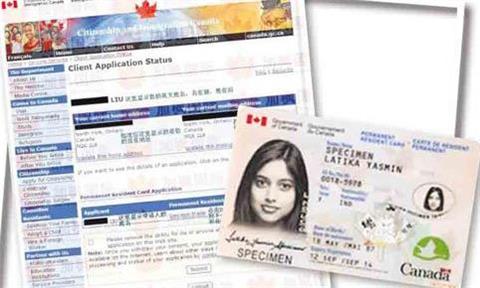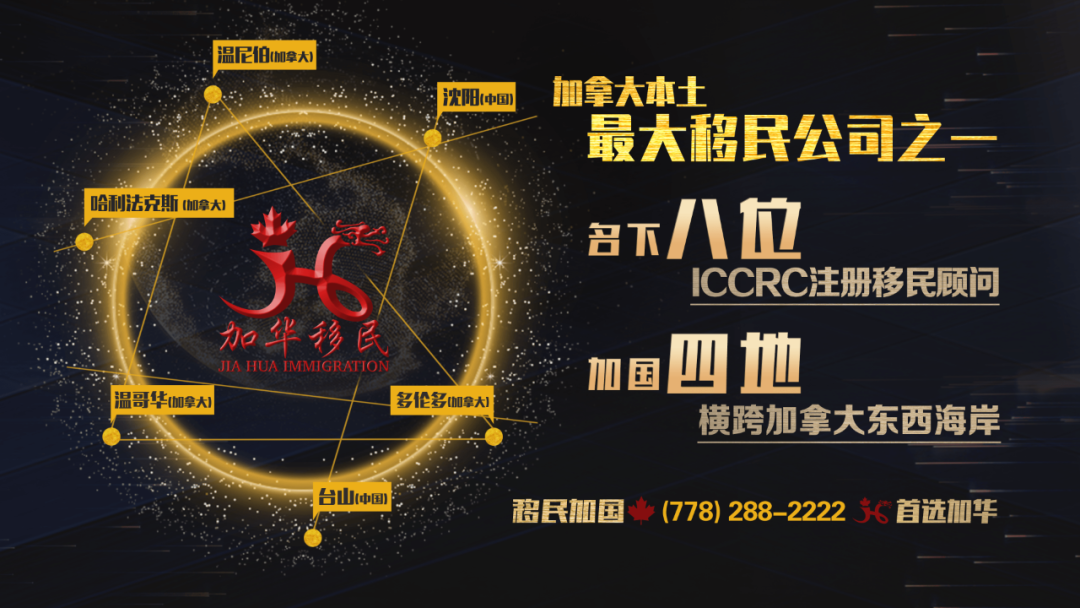Canadian Maple Leaf Card Policy Introduction: Permanent Resident Transit Regulations And Expired Return To Canada
Canadian Maple Leaf Card Policy Introduction: Permanent Resident Transit Regulations And Expired Return To Canada
Canada's Maple Leaf Card Policy Preparation [Introduction] Canada is located at the northernmost end of North America and one of the Commonwealth countries. It is known as the "country of maple leaves". The capital is Ottawa. Then immigrants go to Canada to apply for immigration and formally obtain citizenship
Canada is located in the far north of North America and is a member of the Commonwealth. It enjoys the American reputation of "Maple Leaf Country". Its capital is Ottawa. The entire process takes only one year from starting to completing immigration procedures to formally obtaining citizenship. The process of immigration processing is undoubtedly extremely short. Next, ©Wuyoukao.com will introduce the relevant policies and preparations for Canada’s maple leaf card in detail. Please pay attention!
Canadian Maple Leaf Card Policy
1. Canadian permanent residents must swipe maple leaf card from 2014
Starting from June 30, 2014, Canadian permanent residents must present maple leaf cards and have their customs personnel record when entering and leaving the country, so that the immigration department can accurately understand their living in Canada, and then crack down on illegal immigration with fake identities and restrict some Canadians from staying in the United States for no more than six months each year.
2. How to return to Canada if the maple leaf card expires
For permanent residents in Canada, if the maple leaf card expires and they want to return to Canada, they must apply for a "Permanent Resident Travel License" (PRTD) to the foreign consulate. However, if permanent residents who are in China and do not have a maple leaf card need to go abroad, they cannot apply directly within the country and can only go to the nearest US consulate to apply. Even if the application is rejected, there is no need to worry too much about not being able to return home, as the Canadian Border Services Agency (CBSA) will give special considerations.
If the maple leaf card has expired, if the permanent residents who live abroad need to apply for a "permanent resident travel permit" to the diplomatic agency where they live. However, for those permanent residents who are in China who do not hold maple leaf cards, the situation is different: some have arrived before the maple leaf card is implemented but have not applied; some are newly arrived new immigrants whose maple leaf card has not been delivered; or they have applied for replacement of maple leaf card, but the application has not been approved. If they urgently need to go abroad, they are not sure whether they can apply for a "permanent resident travel permit" in the country.
The workaround strategy is to go to the US consulate in New York or Seattle to go through the procedures nearby. Officials made it clear that people do not need to worry about not being able to return to their homeland after their application is denied. In case of rejection, officials from the Canadian Border Services Agency (CBSA) will usually give appropriate modifications to ensure they can return to Canada.
3. Replace the maple leaf card with tax bill for the last 5 years
The Immigration Bureau revised the Maple Leaf Card replacement policy in June, requiring applicants to submit tax records for nearly two years, which has caused concerns among many non-tax residents. However, surprisingly, in July this year, the Immigration Bureau issued more stringent new regulations requiring applicants to provide any two-year personal income tax returns in the past five years, or a recognized university five-year transcript to prove that they do live in the country. In addition, all children of appropriate age must submit certificates in school for the past five years.
4. Maple Leaf Card Card Exchange Regulations Requirements for 2 years to live within 5 years
According to the relevant regulations on maple leaf card replacement, those who hold permanent resident status must live in Canada for a total of two years within a five-year period before they can be eligible for replacement. The requirement for two years of residence within five years is not calculated from the date of immigration arrival in Canada, nor from the date of obtaining the maple leaf card. There are two ways to calculate: one is to calculate back from the day when the maple leaf card is submitted to ensure that you have lived in the past two years within five years; the other is to calculate back from the time point when you enter Canada, with a five-year cycle.
Prepare before departure
1. Air ticket booking
July to August each year is a popular period for studying in Canada, when air tickets are usually higher, especially direct flights. If you want to save money, you can consider purchasing a ticket that needs to be transferred. It is particularly important to remind you that if you choose to transfer from the United States, be sure to hold a valid US visit visa! Please book your air ticket in advance before obtaining a visa and issue the ticket after you get the visa. Canada usually has three main entry customs, namely Vancouver, Toronto and Montreal, and you must transfer from other cities.
2. About luggage
Different airlines have their own requirements for luggage size and standards:
Air Canada stipulates that passengers can carry two checked luggage for free, the total volume of each luggage shall not exceed 158 cm and the weight shall not exceed 23 kg; at the same time, passengers can carry two pieces of hand luggage, including items or suitcases with them, and their size and weight must meet the requirements of not exceeding 10 kg.
China Airlines: Passengers can enjoy carrying two pieces of luggage for free. The total volume of each piece of luggage shall not exceed 158 cm and the weight shall not exceed 23 kg. In addition, passengers can also carry one piece of luggage with them, the size must comply with the regulations and the weight shall not exceed 5 kg.
3. Carry cash with you
According to customs regulations, the total amount of cash carried by passengers when leaving the country should usually not exceed 10,000 Canadian dollars, and this amount of cash must be carried with them.
4. Entry documents
Be sure to bring these items, prepare a copy and store them separately. Remember not to put them in checked baggage.
When entering the country for the first time, be sure to bring your passport and visa, customs declaration form, admission notice, fund certificate, and education-related certificates.
When applying for a tourist visa, it is recommended that you prepare an itinerary in English, and the content does not have to be too detailed, which will help you communicate effectively with the entry review officer.
For business visa, remember to bring your invitation letter and itinerary.





